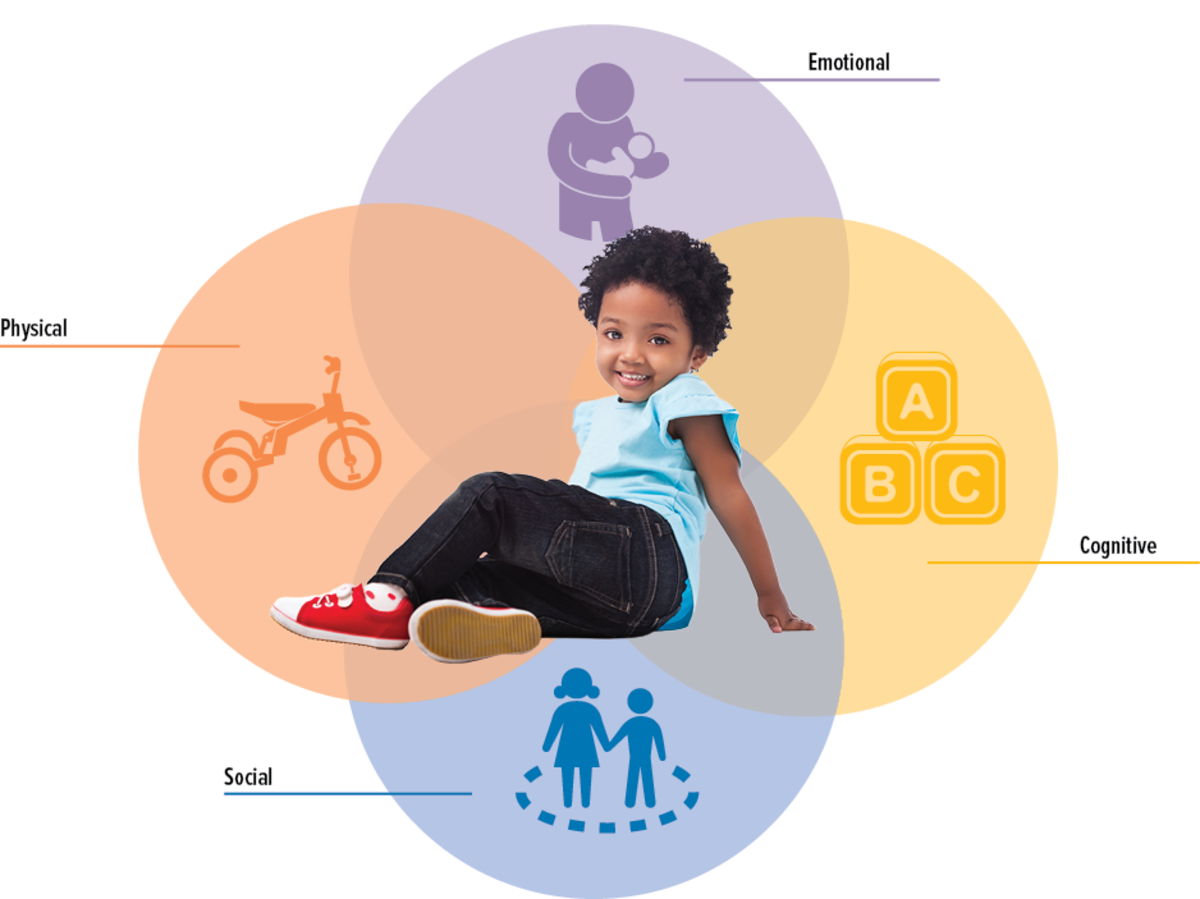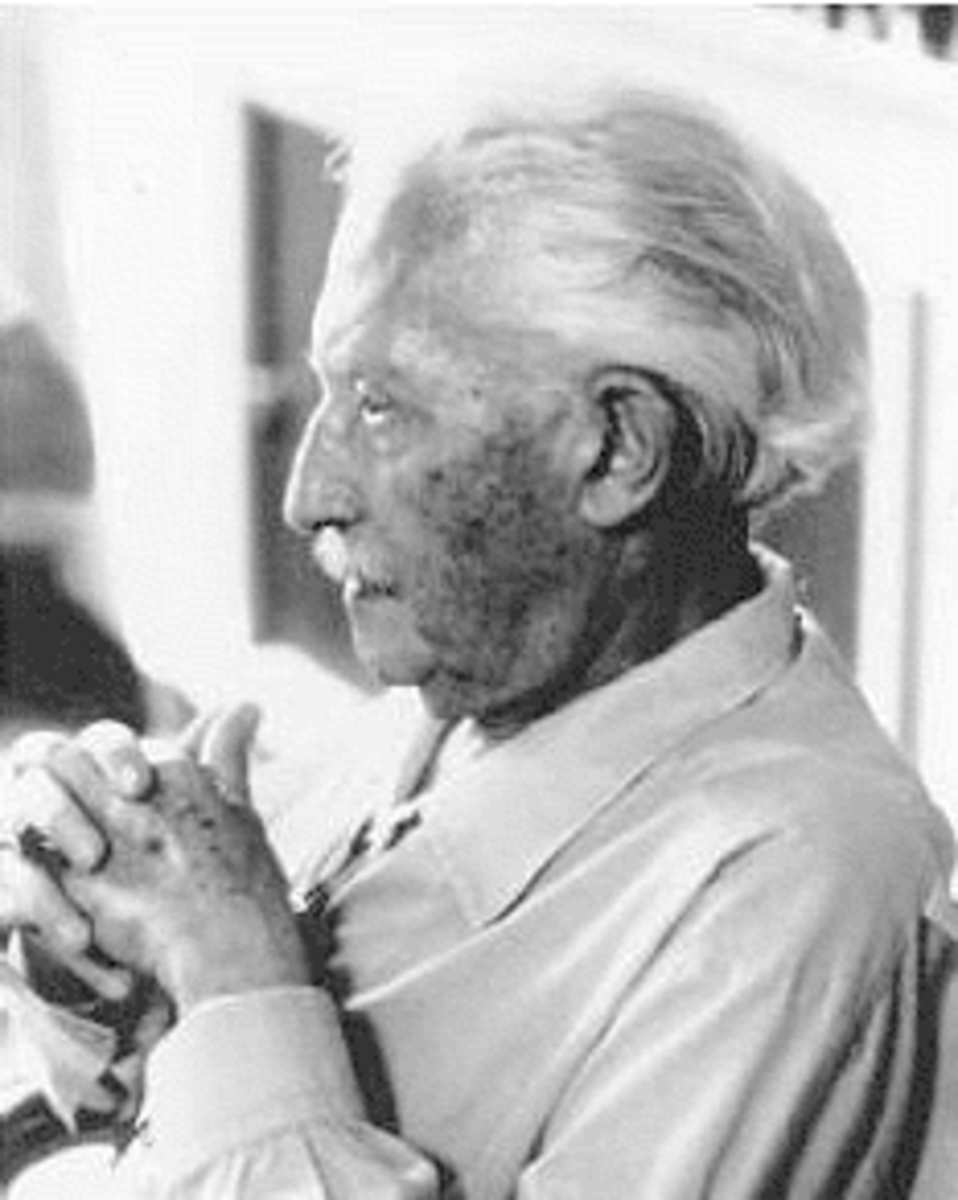Attachment Styles - Which One Are You?
The Definition of Attachment
What precisely do we mean with "attachment"?
Wikipedia defines attachment as "a lasting affective relationship between a child and one or more of his caretakers". Everyone has such a relationship, be it positive or negative, usually with their parents - though not always.
Contents
- Attachment Theory
- The Theory
- The Strange Situation
- Consequences of Unsafe Attachment
- Your Attachment Style
Attachment Theory
Each and every single one of us has a certain style of attachment, a pattern in which we develop relationships and the way we feel about them. This pattern develops in our earliest years of life, more specifically the first 3 years of childhood, and persists throughout our lives. It also affects our mental health.
The topic I am talking about is the Attachment Theory, as developed by John Bowlby in the 1940's-1950s. He based this theory, not only on his own experiences in his childhood and the effect it had, but also, on extensive studies that he had conducted with youth delinquents.
The Theory
According to Bowlby, children are genetically preprogrammed to develop an attachment to their caretakers. He defined 4 types of attachment: safe, avoidant, fearful and ambivalent. Which category we fall into is for the most part determined by our experiences with a caretaker in early childhood.
This underlines the importance of a frequent interaction between parent and child and the way in which a parent is sensitive to a child's needs and how consistent s/he is in taking care of them.
In the time of Bowlby's childhood, the leading theory was that children should not be catered to too much. Rather, they should be left to fend for themselves as much as possible, and when sad should not be comforted. The Attachment Theory changed that view. Nowadays, parents are attentive to children and comfort them when sad or scared. This theory also explains why children who are abused are still loyal to their abusive parents.

The Strange Situation
Mary Ainsworth developed a test for determining someone's attachment style, called the Strange Situation. In this test, a child is left in a room as his/her parent leaves. A stranger enters the room, stays there for a while and then leaves. Then the stranger re-enters and tries to comfort the child. After this, the stranger leaves again, and the parent enters the room to comfort the child. During all this, the child's reactions are observed.
This theory still stands to this day and is an inspiration for many researchers in the field of psychology.
Consequences of Unsafe Attachment
Attachment is divided into two general types: safe and unsafe attachment, with the latter having 3 different subtypes. But what are the consequences of being unsafely attached?
People who aren't safely attached, tend to have more cognitive and emotional problems. They can have trouble in school, or in the development or maintenance of relationships. Very often they have very low self-esteem. Luckily, most people are safely attached.
These issues often develop with children of parents who have gone through a divorce, have mental or addiction problems, or are unsafely attached themselves.
Anonymous Poll
Which Attachment Style Do You Think You Are?
Your Attachment Style
Let's review the different styles. Keep in mind that these percentages are estimates.
Safe (60%)
The biggest part of the population is safely attached. Their parents were consistent in their caretaking. These people tend to be confident and independent. As children, they found a good balance between exploration and attachment, and would have a safe base to fall back to when they were out in the big bad world (which for a baby can be as little as a couple meters).
Avoidant (20%)
This type tends to avoid too much company and prefers being on his/her own. In the Strange Situation, they would barely react to the parent leaving or returning. This stems from a deep fear of being rejected, as experienced as a very young child when a parent would be inconsistent, insensitive to their needs, too formal or distant or even quickly irritated by the child. Sometimes these parents were afraid of physical contact themselves. They try not to get attached out of fear of being hurt.
Fearful (10-15%)
These people often tend to cling to their loved ones and are afraid of being left. When a parent leaves, the child will become hysterical, and it will take a long time to comfort it. It might even react with rage! These people as children often experienced their parents being inconsistent, and unpredictably sensitive or insensitive. For example, a parent who will be very sweet, attentive and cuddly one moment, but another time will lash out and tell the child to leave him/her alone.
Ambivalent (5%)
The smallest group, and those most likely to be in therapy, is the ambivalent group: people who are a bit of the other two unsafe types. They mix fearful and avoidant attachment. These children had unpredictable experiences with their parents, and often have very traumatic experiences in their childhood!
Luckily, modern psychology has developed forms of therapy that can help people who are unsafely attached to adapt and cope - even develop a safe sense of attachment!
So after listing these different types, which one are you? Vote in the poll, or leave your opinion in the comments!









